ksmattfish
Now 100% DC - not as cool as I once was, but still
- Joined
- Aug 25, 2003
- Messages
- 7,019
- Reaction score
- 36
- Location
- Lawrence, KS
- Website
- www.henrypeach.com
- Can others edit my Photos
- Photos NOT OK to edit
Ihaveaquestion said:So the Nikon N75 and 80 dont have a remote shutter release?
Whats a reasonably priced one with that option?
The N-80 definately has those features. I don't know enough about the N-75. I just know that Nikon left them off the N-60 and a few other entry level SLRs, and there was a guy on here a few months ago griping that his Sigma SLR didn't have them either.


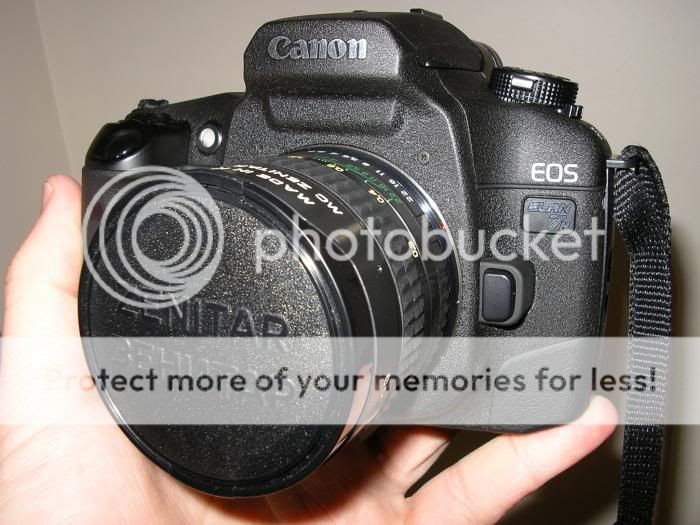

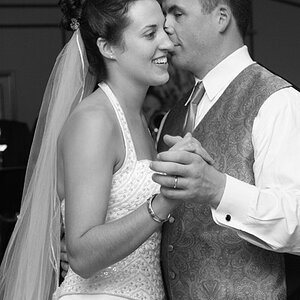

![[No title]](/data/xfmg/thumbnail/34/34123-da7d55491fec06595061191321c92646.jpg?1619736293)
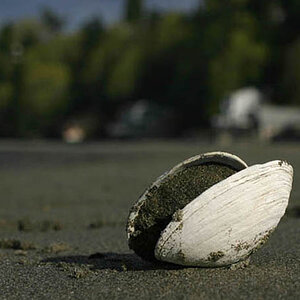

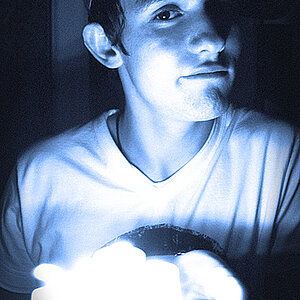
![[No title]](/data/xfmg/thumbnail/34/34124-fcd12598382b4477643ef3dde2d6751d.jpg?1619736294)
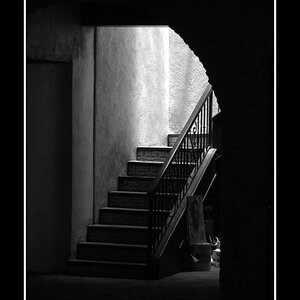


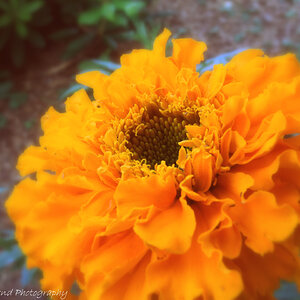
![[No title]](/data/xfmg/thumbnail/32/32160-4e45e524b050f1afae9fd21bf696d61b.jpg?1619735234)